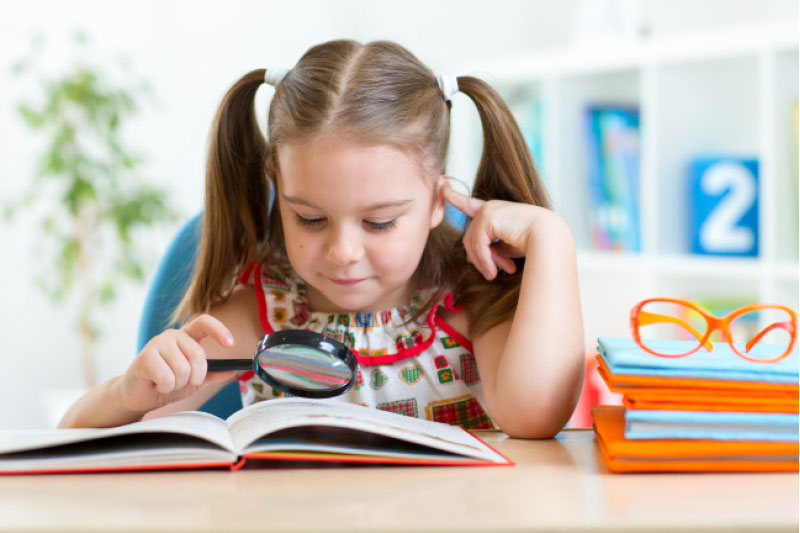Listening is receiving language through the ears. It involves identifying the sounds of speech and processing them into words and sentences. When we listen, we use our ears to receive individual sounds (letters, stress, rhythm and pauses) and we use our brain to convert these into messages that mean something to us. Listening in any language requires focus and attention. It is a skill that some people need to work at harder than others.
What is reading? Reading is a multifaceted process involving word recognition, comprehension, fluency, and motivation. There are sound pedagogical reasons for working with texts. By reading, the students acquire language in a natural way. They learn to write accurate English by reading it. In the same way as we learn to speak by listening, we probably learn to write by reading. The more one reads, the better.
Skill in reading depends on the efficient interaction between linguistic knowledge and knowledge of the world. Research has shown that the reader brings information, knowledge, emotion, experience and culture, that is, schemata to the printed word.
Reading is only incidentally visual. More information is contributed by the reader than by the print on the page. That is, readers understand what they read because they are able to take the stimulus beyond its graphic representation and assign it membership to an appropriate group of concepts already stored in their memories.
Krashen says that extensive reading is a key for students to gain in reading ability, linguistic competence, vocabulary, spelling and writing. Reading for pleasure and reading without looking up all the unknown words are both highly correlated with overall language proficiency.
Language teachers are often frustrated by the fact that students do not automatically transfer the strategies they use when reading in their native language to reading in a language they are learning. Instead, they seem to think reading means starting at the beginning and going word by word, stopping to look up every unknown vocabulary item, until they reach the end. When they do this, students are relying exclusively on their linguistic knowledge, a bottom-up strategy.
One of the most important functions of the language teacher, then, is to help students move past this idea and use top-down strategies as they do in their native language. When language learners use reading strategies, they find that they can control the reading experience, and they gain confidence in their ability to read in the foreign language.
There are some strategies, each of which can be applied as classroom techniques:
- Identify the purpose of reading (clearly identify the purpose in reading something so you will know what you are looking for);
- Use graphemes and patterns to aid bottom-up decoding, especially for beginning level learners;
- Use efficient silent reading techniques for rapid comprehension (for intermediate to advanced levels);
- Skim the text for main ideas (quickly running one’s eyes across whole text for its gist) for prediction;
- Scan the text for specific information (quickly searching for some particular piece or pieces of information in a text);
- Use semantic mapping or clustering (grouping ideas into meaningful clusters, helps readers to provide some order to the chaos);
- Guess when you aren’t certain (guess a meaning of a word, guess a grammatical relationship, guess about a cultural reference and guess content messages);
- Analyze vocabulary (look for prefixes, look for suffixes, look for roots that are familiar, look for grammatical contexts that may signal information);
- Distinguish between literal and implied meanings;
Balance extensive and silent reading, balance authentic texts, encourage the development of reading strategies, include both bottom-up and top-down techniques, subdivide the techniques into pre-reading, during-reading and after-reading phases.
But after reading, besides comprehension questions, it should also be considered to work with vocabulary study, identifying the author’s purpose, discussing the author’s line of reasoning, examining grammatical structures and motivating students to a writing exercise.
We should not forget that the long term goal should be to develop independent readers outside the EFL classroom. This will make readers learn from the texts they read for pleasure or not, for academic purposes, reading for survival purposes or for functioning in society at various levels.
In addition, the process of reading is a highly interactive process between the students and their prior background knowledge, on the one hand, and the text itself, on the other. Therefore, every culture-specific interference dealt with in the classroom, presents an opportunity to build new culture-specific schemata and, of course, new background knowledge to the readers that can be used inside or outside the EFL classroom.•
